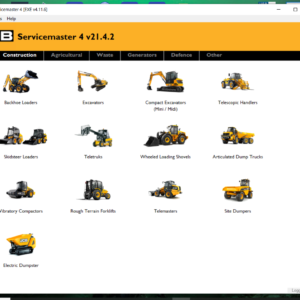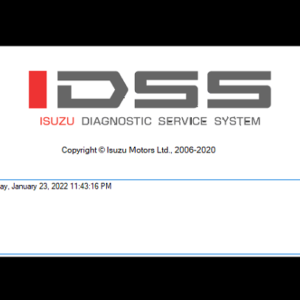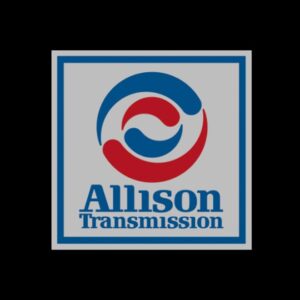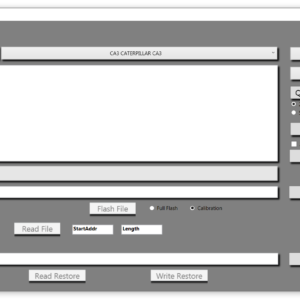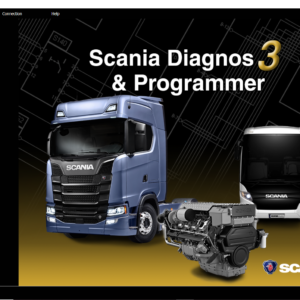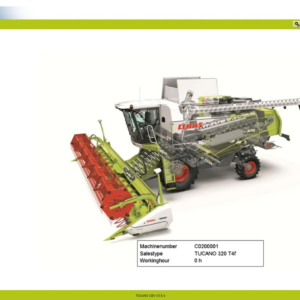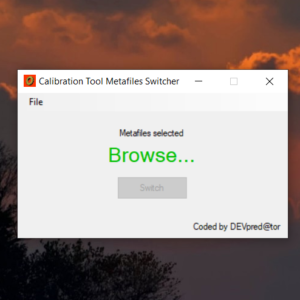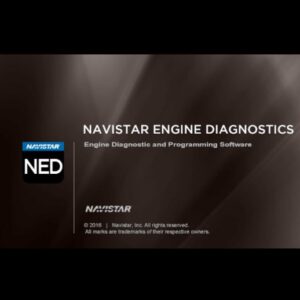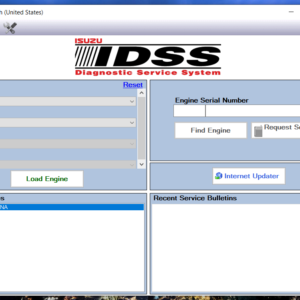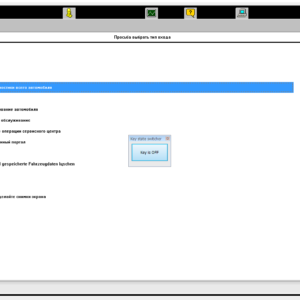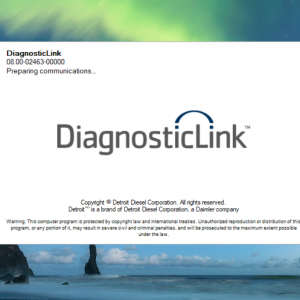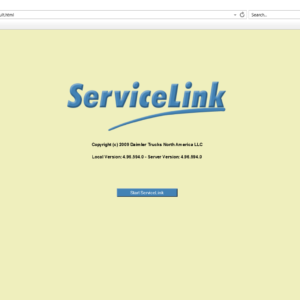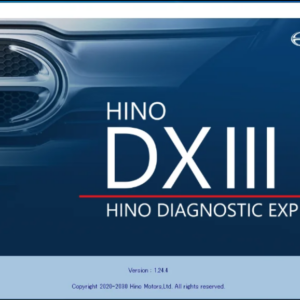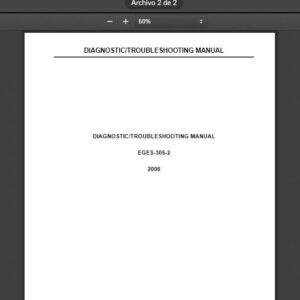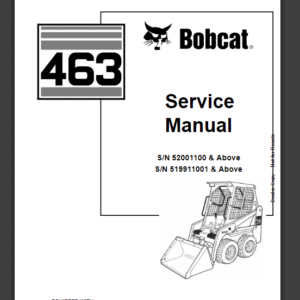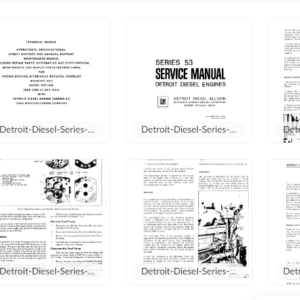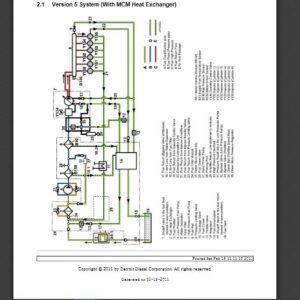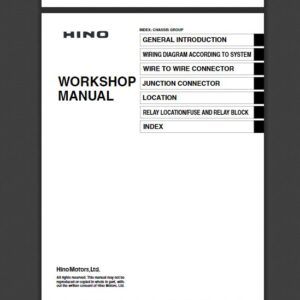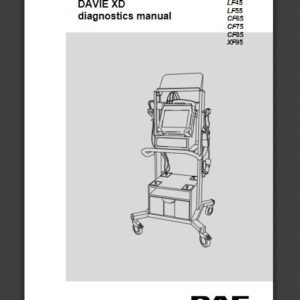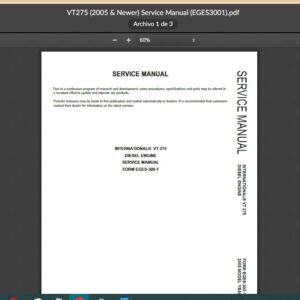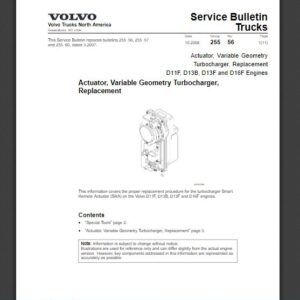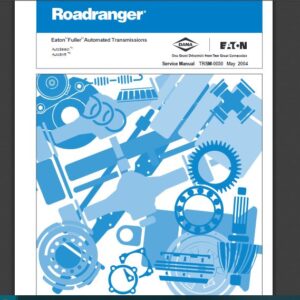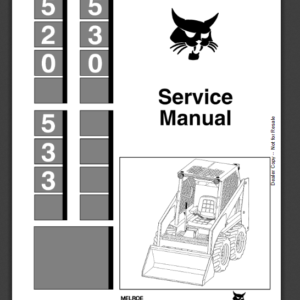Cummins X15 CM2350 X116B Performance Series (2018 & Newer) Fault Code: 3582 PID: SPN: 4364 FMI: 18 Aftertreatment SCR Catalyst Conversion Efficiency- Data Valid But Below Normal Operating Range- Moderately Severe Level
Circuit Description
The engine control module (ECM) monitors the NOx concentration in the engine’s exhaust gases using an aftertreatment intake NOx sensor and an aftertreatment outlet NOx sensor. By comparing these two values, the ECM is able to determine the conversion efficiency of the SCR catalyst and dosing system.
Component Location
The SCR catalyst is located in the vehicle’s exhaust system, after the diesel particulate filter and decomposition tube.
Conditions for Running the Diagnostics
This diagnostic has to meet specific engine and aftertreatment conditions to run and complete.
Conditions for Setting the Fault Codes
The Engine Control Module (ECM) detected the NOx conversion across the SCR catalyst was less than expected.
Action Taken When the Fault Code is Active
The ECM illuminates the amber CHECK ENGINE lamp and/or the Malfunction Indicator Lamp (MIL) immediately when the diagnostic runs and fails.
Engine torque will be reduced if the engine is operated for an extended period of time with this fault active.
Conditions for Clearing the Fault Code
It is necessary to use the “Reset All Faults” command in INSITE™ electronic service tool to clear this fault and extinguish the amber CHECK ENGINE lamp and/or Malfunction Indicator Lamp (MIL).
Shop Talk
Troubleshoot all other active NOx sensor and SCR dosing system related fault codes before this fault.
Possible causes of this fault code include:
Malfunctioning diesel exhaust fluid dosing system
Exhaust system leaks
Malfunctioning SCR catalyst
Degraded, diluted, or incorrect diesel exhaust fluid
Diesel exhaust fluid deposits in the decomposition tube.
For unit that has come back into with repeat failures consider the possibility that customer is not using Ultra-low sulfur Diesel fuel
Possible Cause:
1) ECM calibration
2) DEF fluid could be Contaminated
3) ECM calibration
-
International Truck ISIS – Oncommand Service Information Q4.2020 [04.2020]
Navistar $85.00Rated 0 out of 5
-
Scania SDP3 2.48.6 Diagnosis & Programming for VCI 3 VCI3 without Dongle
Scania $30.00Rated 0 out of 5 -
download MANCATS II v14.01 2014 Diagnostic software MAN CATS ( virtual machine )
MAN $75.00Rated 0 out of 5 -
Detroit Diesel Diagnostic Link DDDL 8.0 PRO PROFESSIONAL Software trucks
Detroit $25.00Rated 0 out of 5 -
2021 VOLVO PREMIUM TECH TOOL PTT V2.8.21 VCADS+DEVELOPER TOOL+APCI 2021/09 ( 1 PC )
Trucks software $85.00Rated 0 out of 5
Related products
-
Allison 1000 & 2000 Gen 4 Fault Codes: P0873 Transmission Pressure Switch Solenoid E Circuit High
1000 & 2000 Gen 4 $50.00Rated 0 out of 5 -
Allison 1000 & 2000 Gen 4 Fault Codes: P0875 Transmission Reverse Pressure Switch Circuit Malfunction
1000 & 2000 Gen 4 $50.00Rated 0 out of 5 -
Allison 1000 & 2000 Gen 4 Fault Codes: P0872 Transmission Pressure Switch Solenoid E Circuit Stuck Closed
1000 & 2000 Gen 4 $50.00Rated 0 out of 5 -
Allison 1000 & 2000 Gen 4 Fault Codes: U0100 CAN Bus ECM Error
1000 & 2000 Gen 4 $50.00Rated 0 out of 5 -
Allison 1000 & 2000 Gen 4 Fault Codes: P1891 Engine Throttle Position Sensor Pulse Width Modulation (PWM) Signal Low Input
1000 & 2000 Gen 4 $50.00Rated 0 out of 5 -
Allison 1000 & 2000 Gen 4 Fault Codes: P0880 TCM Supply Voltage
1000 & 2000 Gen 4 $50.00Rated 0 out of 5 -
Allison 1000 & 2000 Gen 4 Fault Codes: P0870 Transmission Pressure Switch Solenoid E Circuit
1000 & 2000 Gen 4 $50.00Rated 0 out of 5 -
Allison 1000 & 2000 Gen 4 Fault Codes: U1041 J1850 (Class 2) ABS Controller State of Health Failure
1000 & 2000 Gen 4 $50.00Rated 0 out of 5 -
Allison 1000 & 2000 Gen 4 Fault Codes: U0031 J1850 (Class 2) Serial Data Communication Link Low
1000 & 2000 Gen 4 $50.00Rated 0 out of 5 -
Allison 1000 & 2000 Gen 4 Fault Codes: U1301 J1850 (Class 2) Serial Data Communication Link Low
1000 & 2000 Gen 4 $50.00Rated 0 out of 5 -
Allison 1000 & 2000 Gen 4 Fault Codes: U1064 J1850 (Class 2) TBC Controller State of Health Failure
1000 & 2000 Gen 4 $50.00Rated 0 out of 5 -
Allison 1000 & 2000 Gen 4 Fault Codes: P2773 Torque Control Request Ignored – ECM/TCM
1000 & 2000 Gen 4 $50.00Rated 0 out of 5 -
Allison 1000 & 2000 Gen 4 Fault Codes: U1300 J1850 (Class 2) Serial Data Communication Link Low
1000 & 2000 Gen 4 $50.00Rated 0 out of 5 -
Allison 1000 & 2000 Gen 4 Fault Codes: U2105 CAN Bus ECM Error
1000 & 2000 Gen 4 $50.00Rated 0 out of 5
-
SERVICE MANUAL International Engines VT275 (2004 & Older)
INTERNATIONAL ENGINES $21.00Rated 0 out of 5 -
SERVICE MANUAL INTERNATIONAL ENGINE VT275 (2005 & Newer)
INTERNATIONAL ENGINES $27.00Rated 0 out of 5 -
SERVICE MANUAL Eaton Fuller – Autoshift, Autoselect Service Manual (TRSM-0050)
EATON $25.00Rated 0 out of 5


